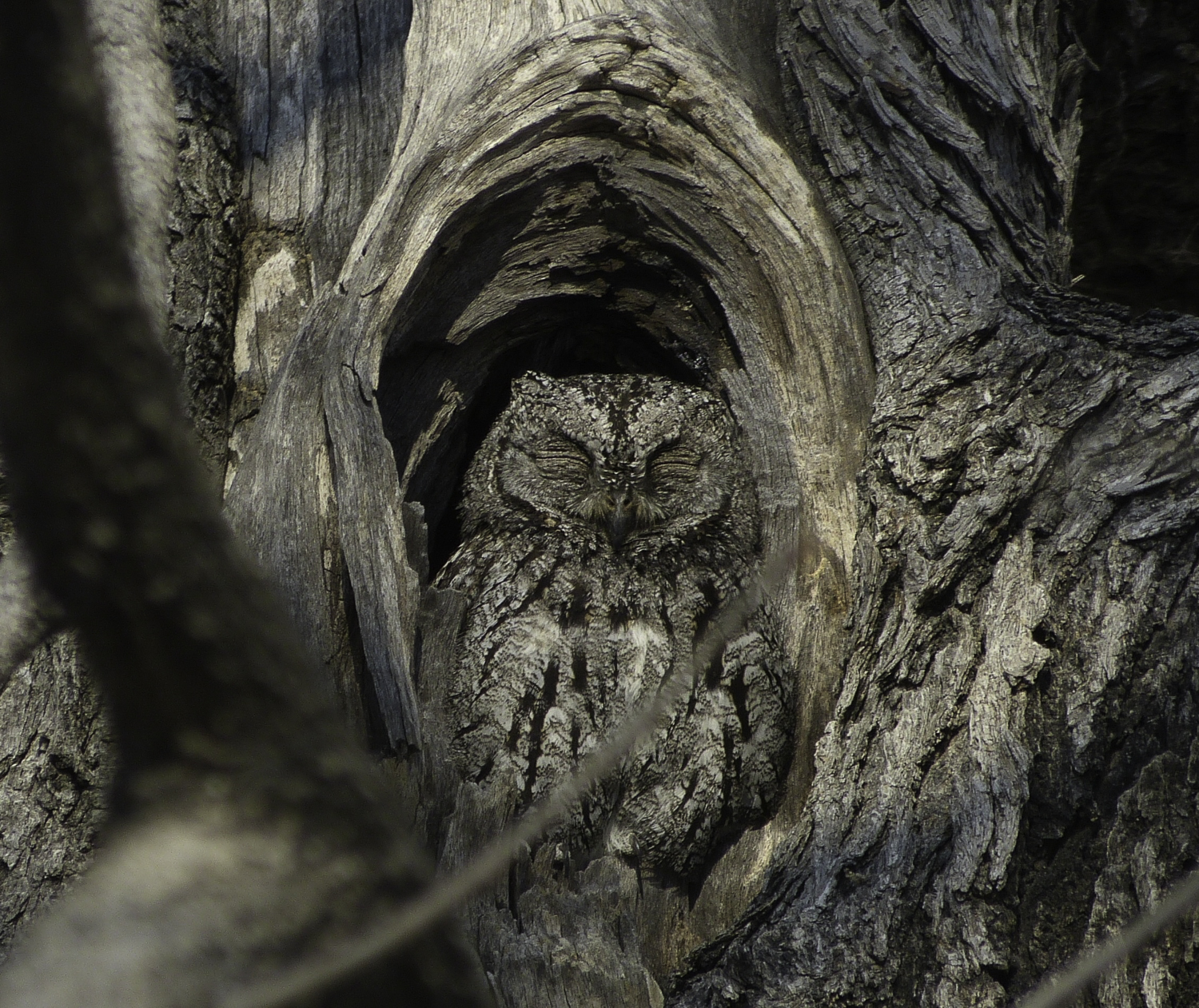E-Postcard #7: Camouflage Perfected!
The current standing order for “sheltering in place” takes on a very different meaning in the natural world. Survival for some animals in the wild depends on camouflage (or cryptic) coloration or patterning, an adaptation that enables them to blend in with their surroundings. Camouflage works for both predator and prey, allowing predators (like leopards and lions) to sneak up and surprise their prey and would-be prey species (like insects and lizards) to avoid being eaten by “disappearing in place.” Enjoy these examples from South Africa and Namibia.
Shelter and stay healthy,
Audrey

Monkey beetles are pollen-eaters, foraging primarily on sunflower species. Male and female monkey beetles mate on the flower, with the female beetle continuing to feed while the male “mate-guards” the female. Several male monkey beetles are often seen wrestling over a female beetle, getting covered in pollen and helping pollinate the other flowers that they visit. These beetles emerge in spring in high numbers and are an important source of food for birds, other insects and spiders.

African walking sticks are much bigger than their North American counterparts, and this nickel-sized Namibian coin provides a sense of scale. They mimic twigs so perfectly that you have to be lucky to spot one on a branch.


Stone grasshoppers rely on their camouflage for protection, remaining immobile when disturbed and drawing their antennae in against the head. These superb stone mimics occur in different colors that match the types of rocks found in their preferred habitat. Quartz in this case! The photograph on the right shows how Bob Rozinski helped me get the right lighting to “capture” this beautiful grasshopper.


We learned an important lesson about how sand is used as camouflage in the Namib Desert. Keeping a lookout for puff adders is one thing, but discovering your first one hidden in the sand can take your breath away. The coiled sand “sculpture” revealed only a tiny bit of its head and sparkling golden eyes—perfect for ambushing small mammals, birds and lizards.


Other reptiles, such as the leopard tortoise and the Namibian wedge-nosed desert lizard, which is restricted to reddish dune habitats, both use their camouflage coloration to avoid predation. The leopard tortoise is named for its “leopard-like” spotting, which makes it hard to spot in its brushy habitat.


The small African Scops owl, with cryptic plumage resembling tree bark, creates the illusion of being part of the tree trunk when spotted on its day-roost.


Look at how well the two most beautiful predators in Africa, the cheetah (left) and the leopard (right), disappear into the tawny vegetation! Both were successful in getting close enough to catch their prey.
To help build global awareness, we would appreciate it if you would share this post with your friends and colleagues. Please choose one of the options below which includes email and print! Thank you.


I LOVE these pictures! The kids really enjoyed trying to spot each animal! So fun Audrey!
Audrey, these are wonderful photos and comments. Very educational for us. Looks to me that another book is emerging. It would be wonderful if a big publisher took it on as it would reach a wider audience.
I’m sending these daily to some cousins and Sue and Ben Foster. Hope it’s OK if I add them to your email list so they travel directly to them. XOXO, C
Stunning and spectacular as are YOU!
I like the book idea
Oops – that wasn’t supposed to be submitted yet! I like the book idea….but I wonder… Would it be fun for you to have a project that is slightly less stress than your last one?! I’m thinking maybe a find the animal camouflage book for kids, but in the meantime it would be fun and informative for parents because everything you explain is a joy to read and of course your pictures are spectacular 🙂
I love the owl and turtle ones for creating a funny caption card… The snake one is really amazing both for seeing the hidden and it is a beautiful shape and design.